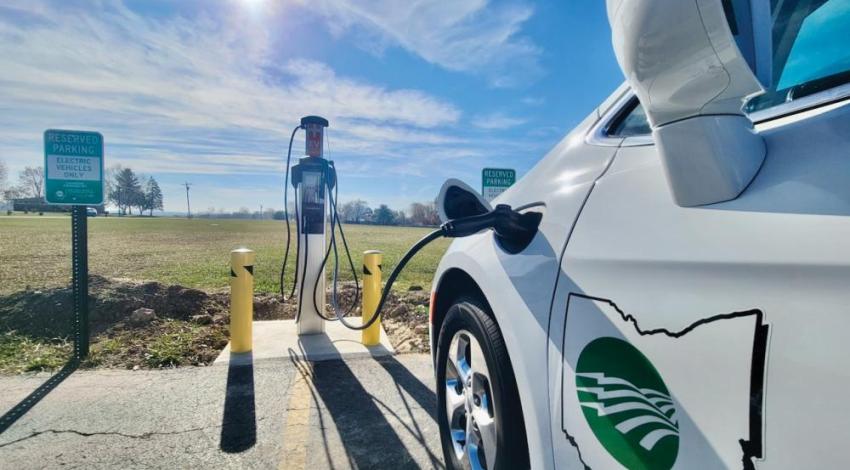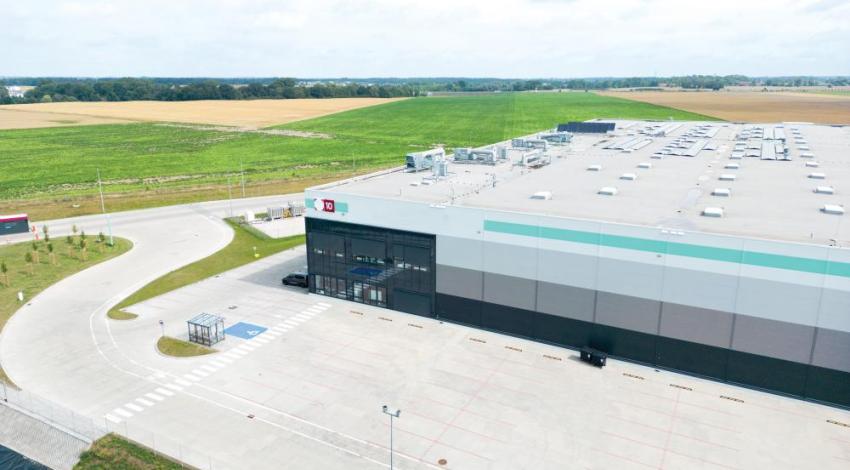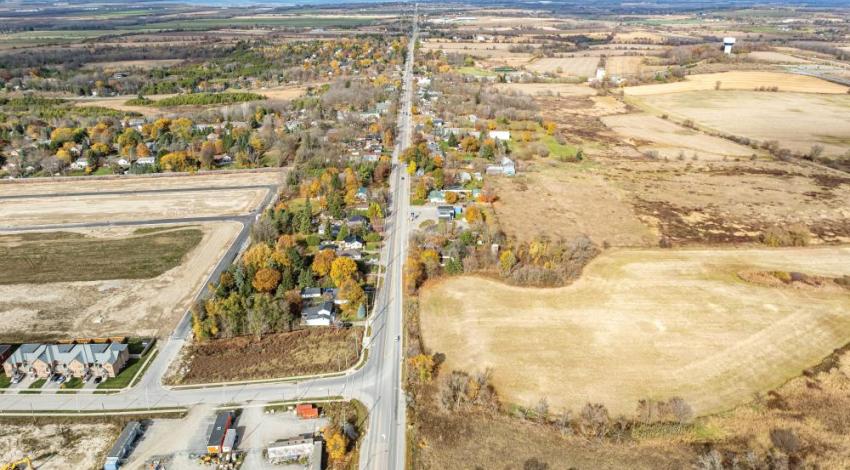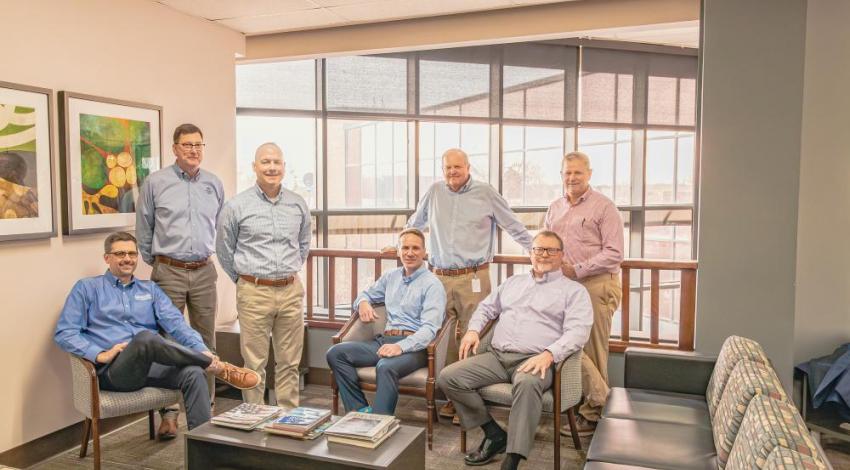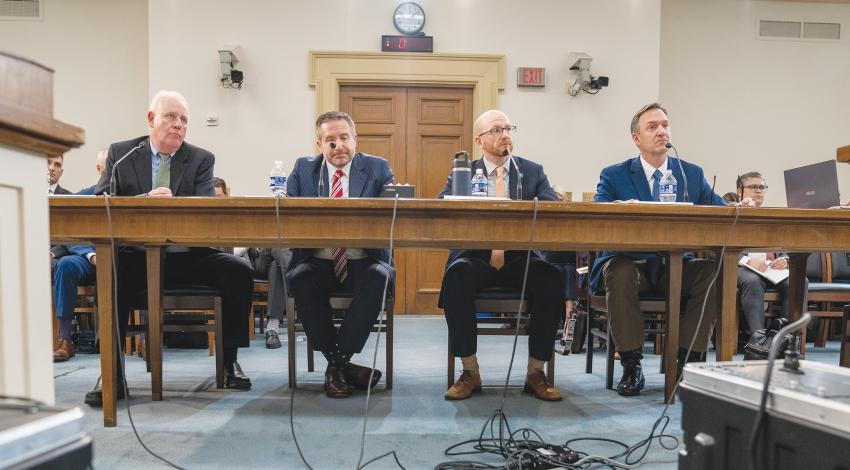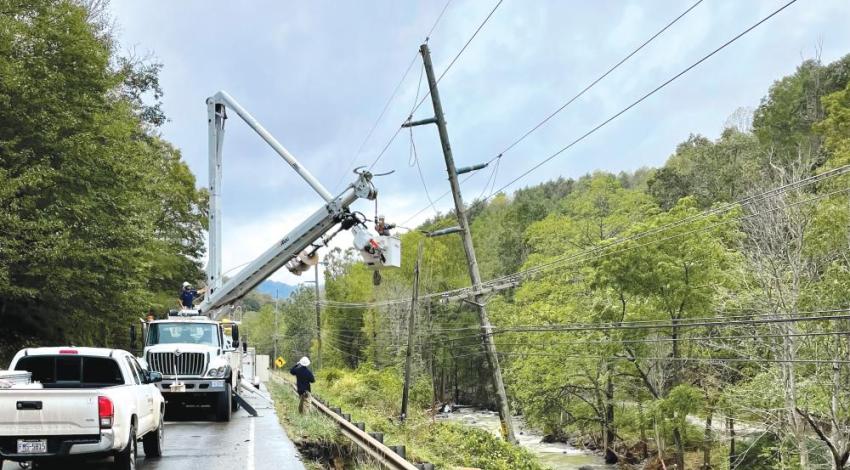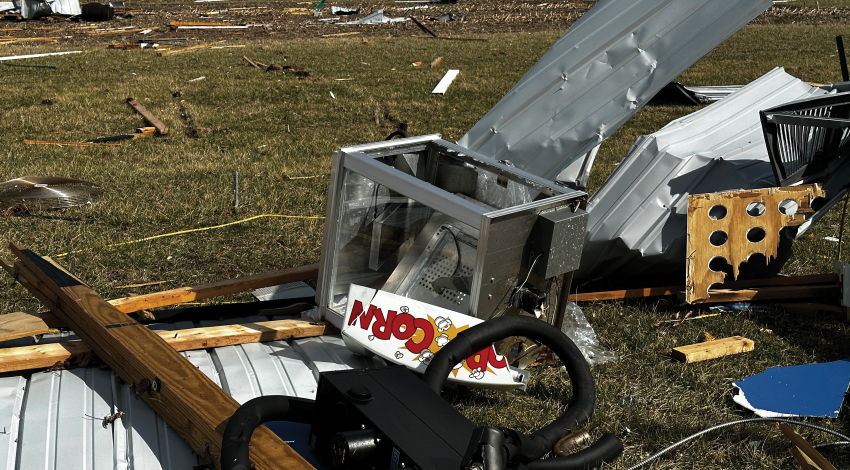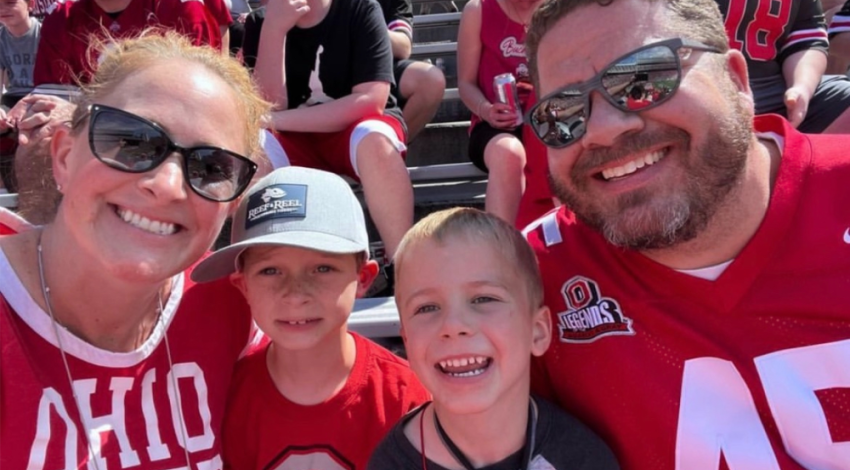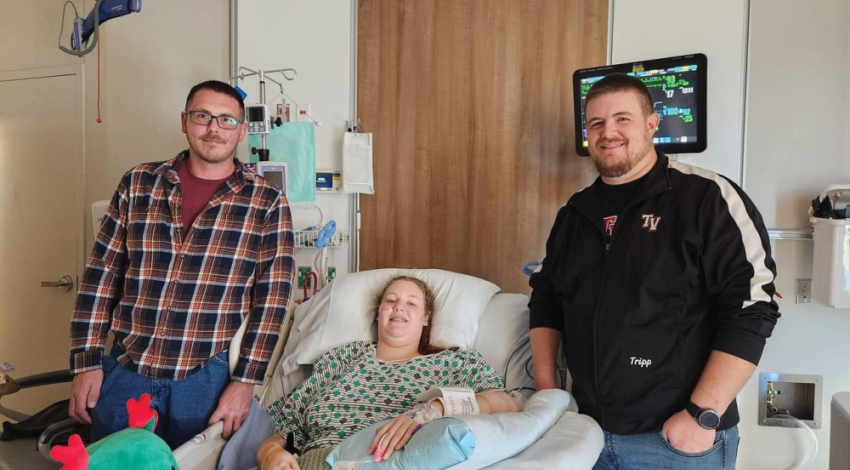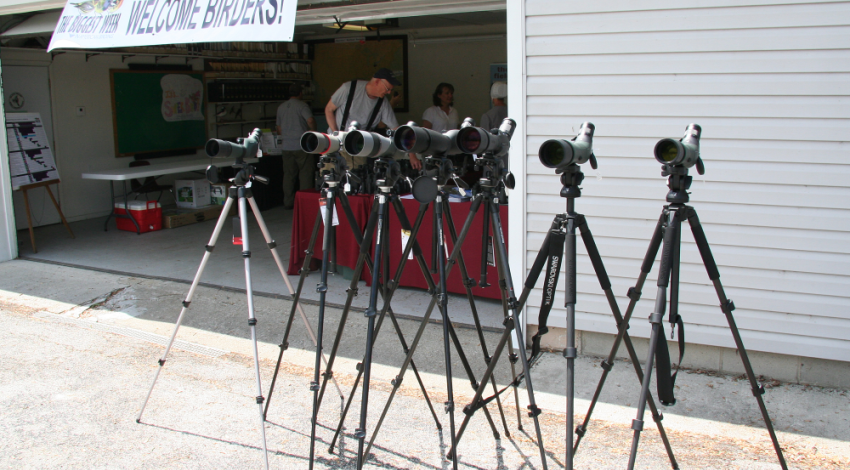A little more than six months after Hurricane Helene rampaged through the southeastern United States, it’s become apparent that some hard-hit areas will take months or years to recover — if they ever do.
Helene was the costliest — and one of the deadliest — storms ever to hit the United States. It came ashore in Florida in the overnight hours of Sept. 25, 2024, and dissipated only three days later near the Tennessee-Kentucky border. But in that short span, it had damaged hundreds of water and sewer systems, destroyed long stretches of entire roads, washed out countless bridges, and mangled or swept away hundreds of thousands of homes.

